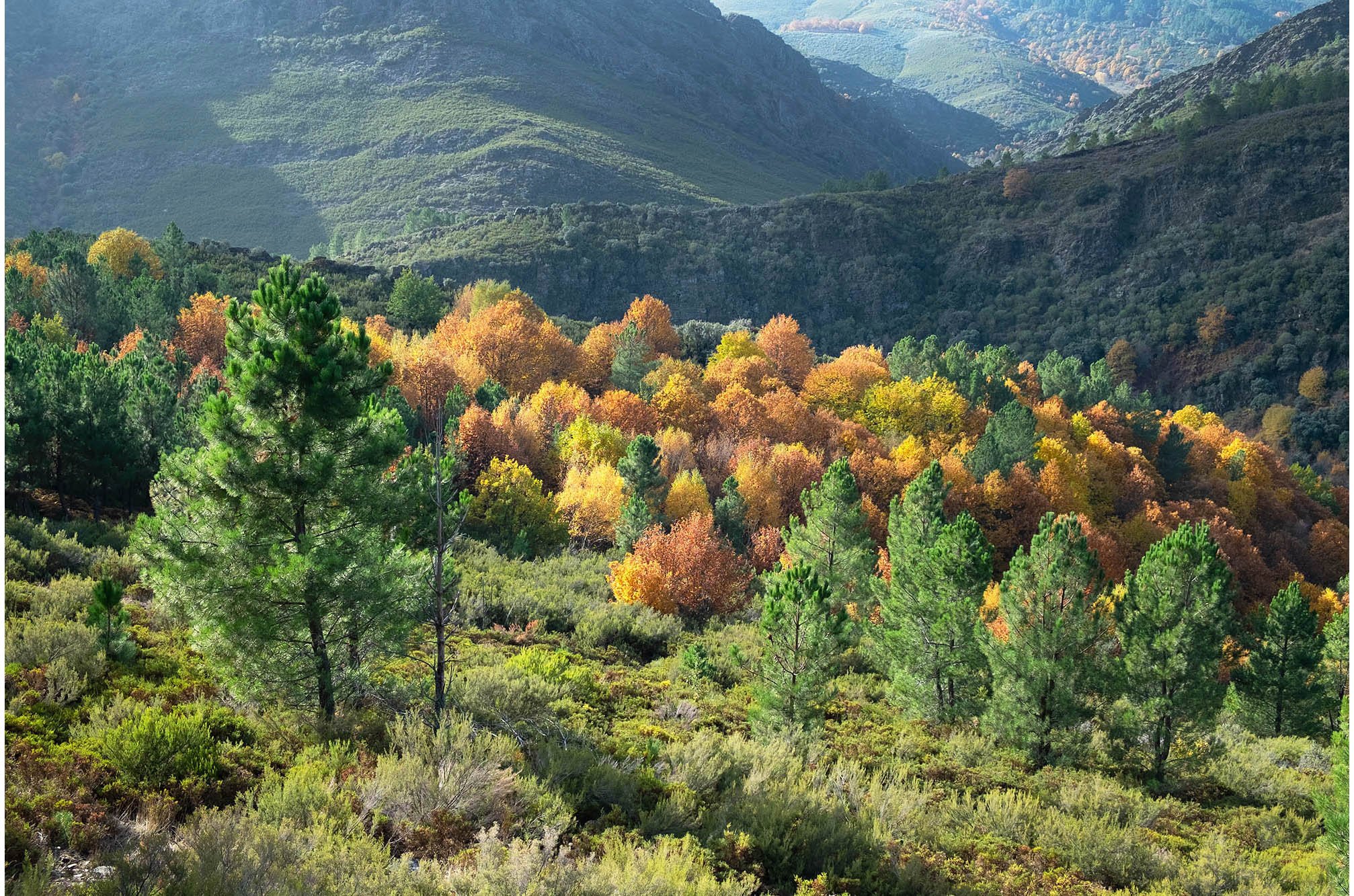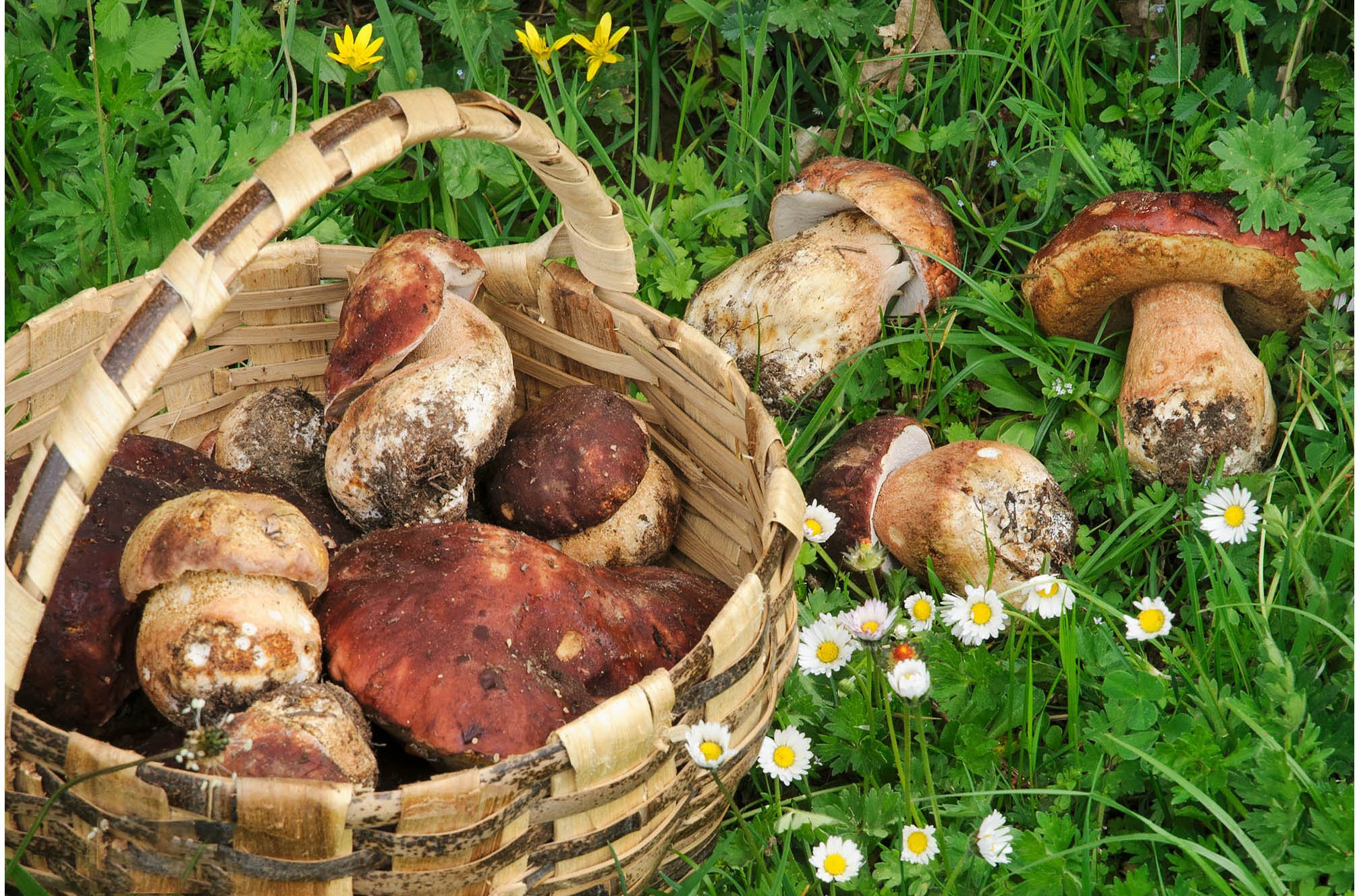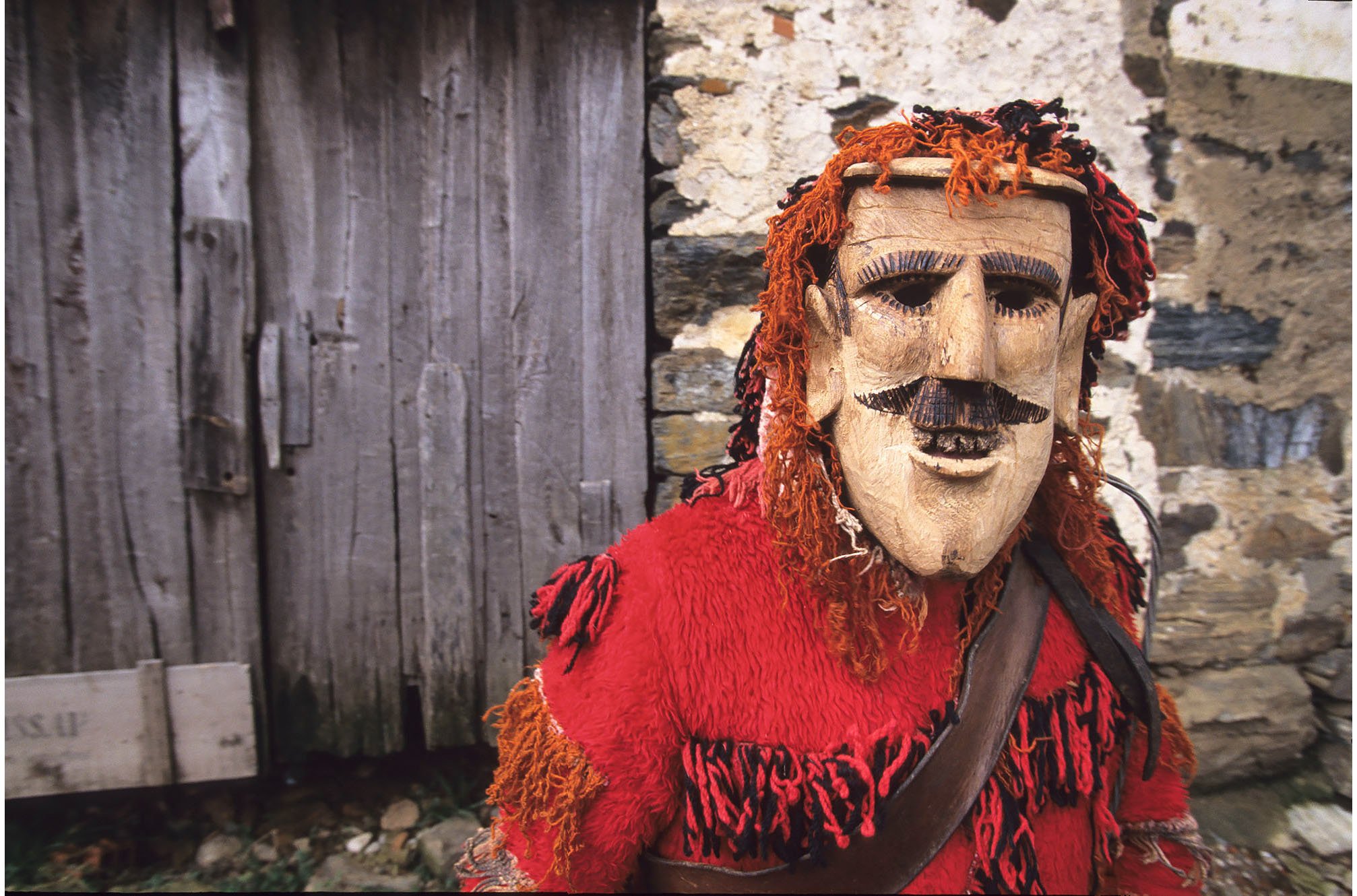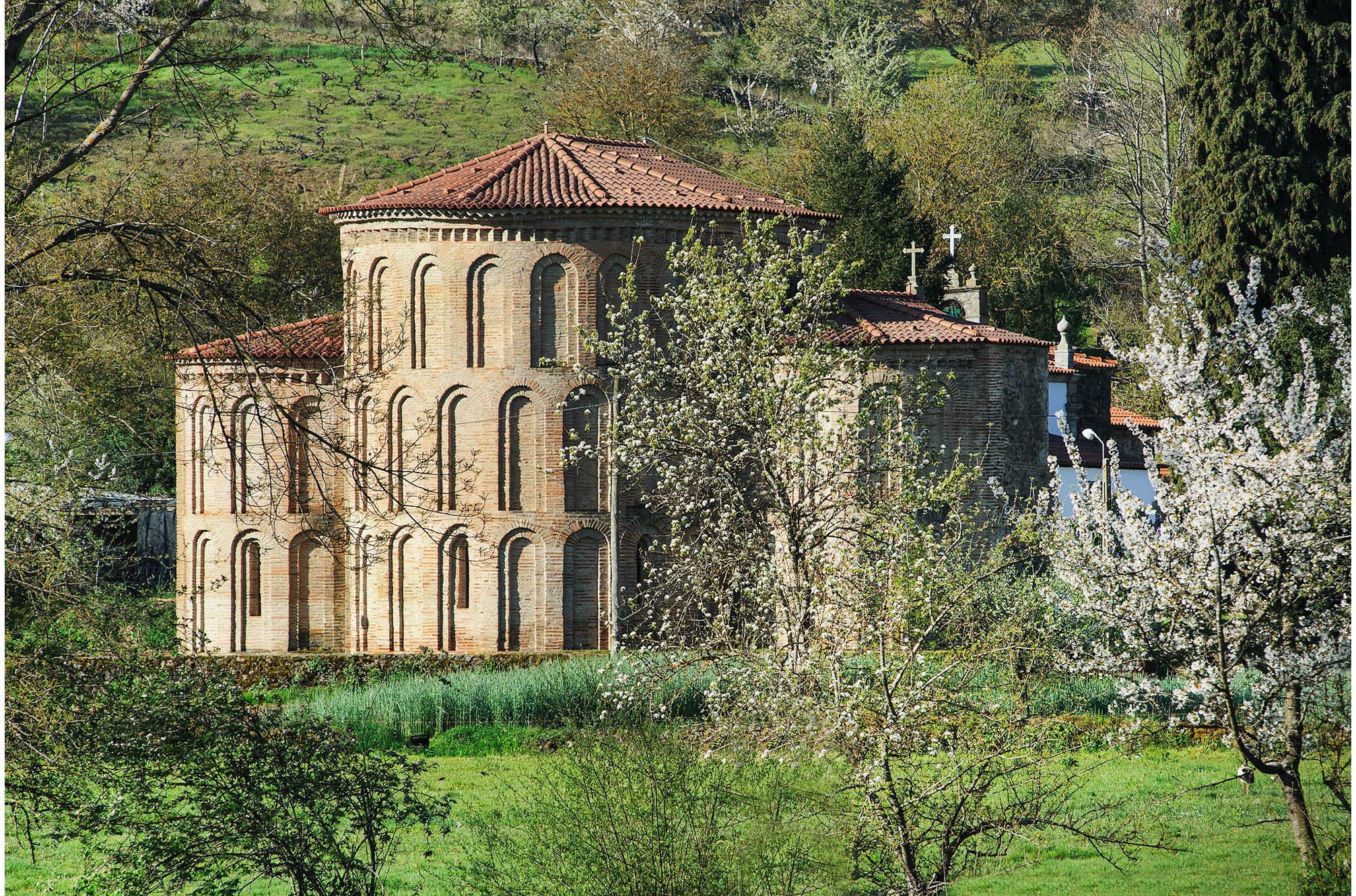Montesinho Natural Park
It is one of the largest protected areas in Portugal, occupying the northeast corner of Trás-os-Montes. It is characterised by a particularly varied landscape, which alternates deciduous forests with hay fields, meadows and riparian vegetation along rivers and streams, giving rise to great biodiversity and conditions for the survival of endangered species, such as the Iberian wolf.






Transboundary Biosphere Reserve Meseta Ibérica
Recognised by UNESCO, the largest cross-border reserve in Europe, where the Natural Park of Montesinho itself is located, integrates other Portuguese and Spanish protected areas: Sanabria, Douro Internacional, Arribes Del Duero, Azibo, Vale do Tua - and Natura 2000 Network Sites, such as Serra da Nogueira and Sierra de La Culebra. All this easily reachable from Bétula Studios.







Gastronomy
The gastronomy is closely linked to the landscape and biological diversity - in the chestnut and mushroom dishes - and to the deepest cultural roots, as is the case of the "cuscos" and "alheiras" (pork and chicken sausages). And there are also identity dishes that reflect the marked seasonality of the territory, such as the appreciated "butelo com cascas" (barks of dry beans). The native breeds of pig, sheep, goat and cow, still raised in the natural landscape, give a unique flavour and quality to the respective meats.






Culture
Being a region historically isolated from the coast, the Nordeste Transmontano has preserved to this day some of the oldest cultural traditions of the country, examples of which are the Winter Festivals (Festas dos Rapazes), of pagan origin, which take place in several villages of this territory on both sides of the border. The local identity is also very present in the collection of the Museu do Abade de Baçal and in the contemporary art works of painter Graça Morais.






Built Heritage
From dovecotes to castles, from medieval bridges to churches of various styles, from mills and forges to Roman remains, the Northeast of Trás-os-Montes and the neighbouring territory of Zamora are dotted with peculiar civil and religious constructions, including unique examples, such as the Domus Municipalis and the Monastery of Castro de Avelãs.






